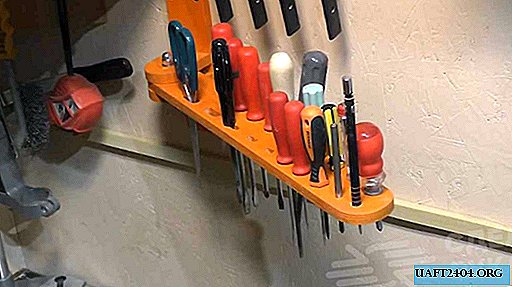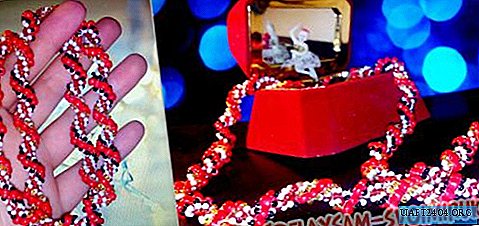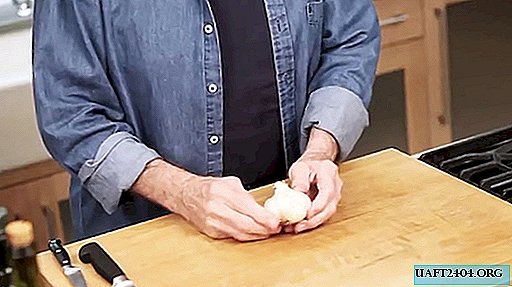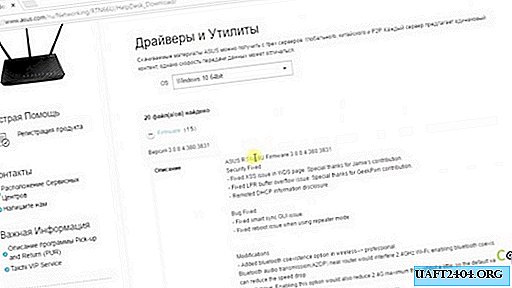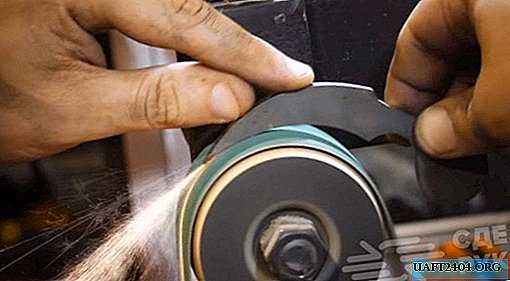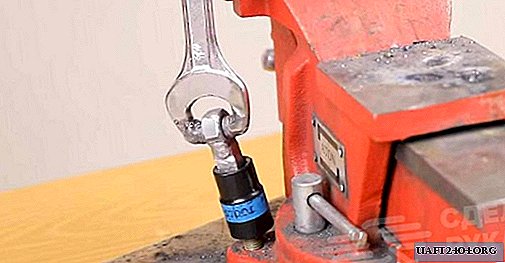Share
Pin
Tweet
Send
Share
Send
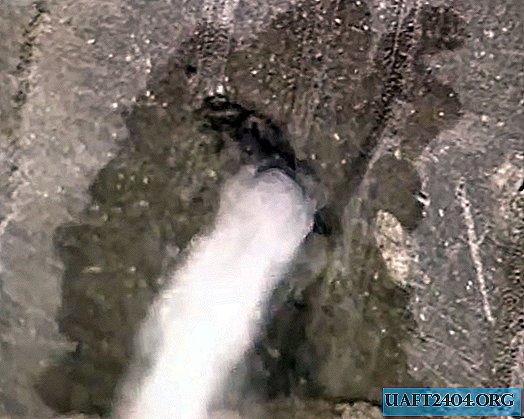
Will need
For the successful work announced above, you should prepare or purchase:
- drill with a drill;
- chisel and hammer;
- apparatus for welding PP pipes;
- scissors for metal;
- scissors for cutting PP pipes;
- piece of PP pipe, PP blank for plugs, couplings, etc.
Sequencing
There are two ways to eliminate the leak immured in the concrete mass of the propylene pipe (PP): “spot”, when the leak site is directly welded, and “linear”, which involves cutting the pipe section with damage and replacing it with a new one.
Point technology
We maximally localize the place of the leak, the walled-up PP pipe and, using a hammer drill with a drill, we get to the damaged communication.
In order to make it more convenient and safer to work, with the help of a chisel on concrete and a hammer, we expand and align the edges of the approach to the leaky pipe.

Using a puncher and a drill, we drill a damaged section of the pipe with a drill with a diameter of 8 mm and remove from it the chips that formed during this.

We notice the plug so as not to push it further than necessary.

A special nozzle is required.

We heat the PP blank for the plug and the hole in the pipe by means of an apparatus for welding polypropylene pipes. Then, without delay, we weld a hole and allow the welding to cool.


After the final hardening of the welding site, we cut off the excess plugs with a mounting knife or metal scissors. The tightness of the PP pipe is fully restored.

Now it remains only to carefully grout the place of destruction of the concrete mass with cement mortar.
Linear Technology
Having reached the PP-pipe, we cut off any damaged communication area by any available method and lay transverse wooden bars under the ends of the pipes for the convenience of work.
We weld one end of the polypropylene pipe with a welding machine and a sleeve that is suitable in diameter and, after warming them up to the beginning of the flow state, we connect and hold them until they harden completely.


We heat the free end of the coupling with a thermal device and a piece of a new pipe slightly longer than the cut one. We also make their connection (welding) and hold them in a stationary state until they completely harden.

Then we lay the end of the pipe with the extended piece in the recess and make a marker on the new segment, almost reaching the second end of the communication.

Scissors for cutting plastic pipes make a cut on the mark. We heat the end of the new insert and coupling with a welding machine, after which we connect them and leave until completely set.

We perform heat treatment of the free end of the coupling and the second end of the pipe. We connect them, after removing the retaining wooden blocks, and recessing the connection in the depth of the groove.



The tightness of the polypropylene pipe was restored using two couplings and a piece of pipe in diameter equal to the size of the main communication.

Share
Pin
Tweet
Send
Share
Send

